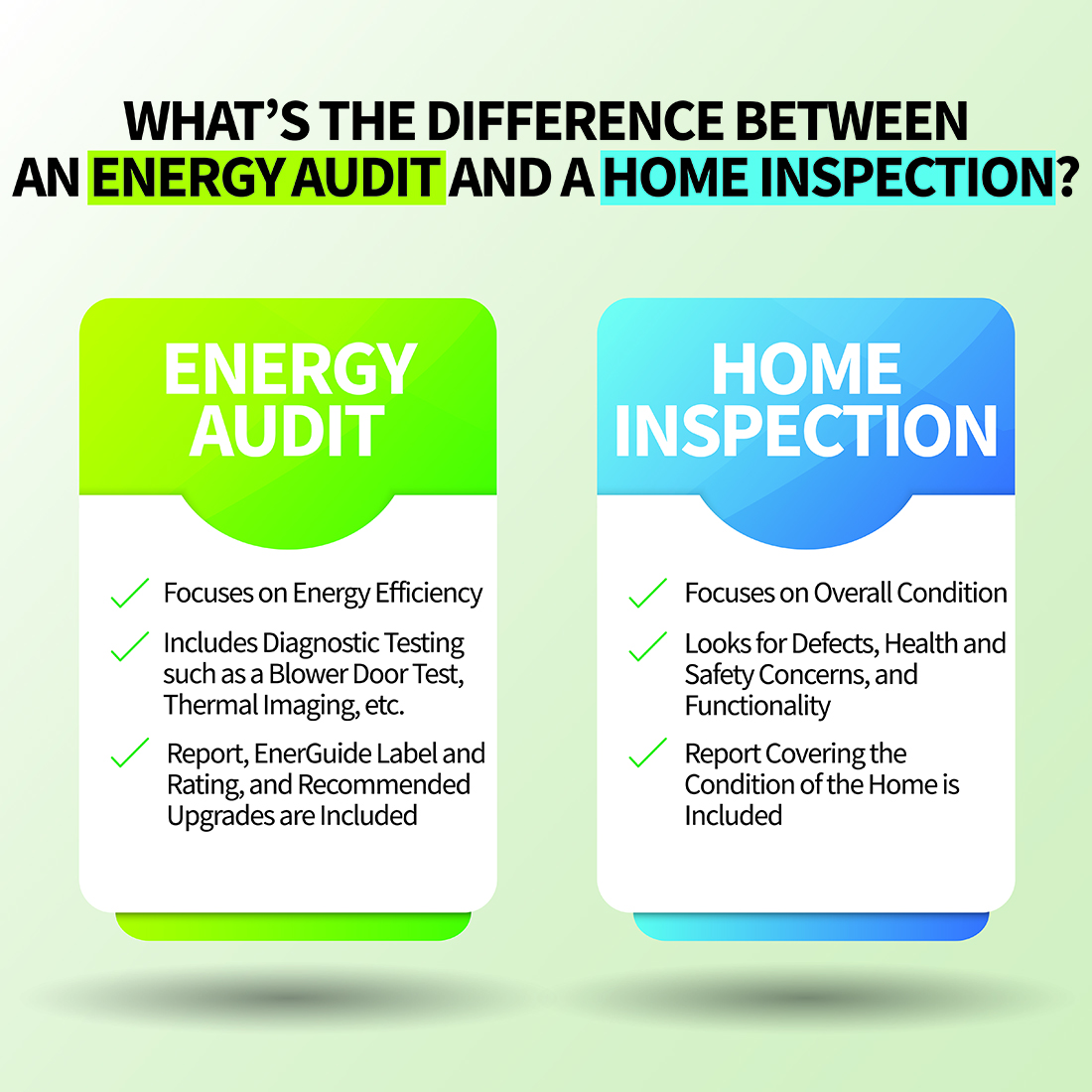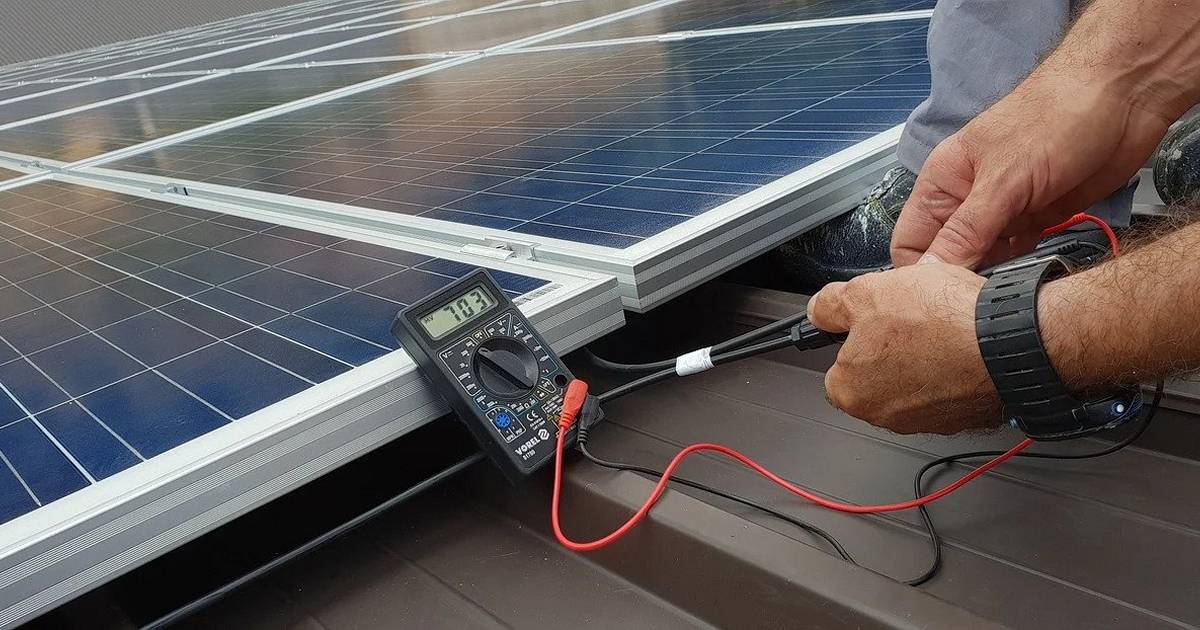From cold rooms to high bills—how energy testing taylors sc solves common comfort complaints
From cold rooms to high bills—how energy testing taylors sc solves common comfort complaints
Blog Article
Exactly How Energy Screening Can Cause A Lot More Lasting Living Solutions
Power testing is an important device for advertising sustainable living. It uncovers inadequacies in power usage within homes. Approaches such as energy audits and thermal imaging provide important understandings. Property owners can identify locations requiring improvement, from insulation to devices. Dealing with these inefficiencies can cause significant power cost savings. Yet, numerous continue to be unaware of the full potential of these methods. What actions can people take to improve their homes and add to a much more lasting future?
Comprehending Power Screening and Its Significance

Common Approaches of Power Testing
There are a number of common methods of energy screening that home owners can make use of to assess their energy efficiency (energy testing taylors sc). One widely utilized technique is the blower door examination, which determines the air leakage in a home. By pressurizing the building, it determines breezy locations that may require securing. An additional technique is thermal imaging, where infrared electronic cameras spot temperature variations in walls, home windows, and ceilings, highlighting insulation issues.Energy audits are likewise popular, involving a complete analysis of a home's power use, commonly performed by a professional. These audits might consist of examining heating and cooling down systems, devices, and general power usage patterns. Furthermore, smart energy meters can provide real-time data on power use, assisting home owners understand their usage behaviors. Together, these techniques give important insights, enabling homeowners to make educated decisions about enhancing their energy efficiency and advertising sustainable living practices
Identifying Energy Inefficiencies in your house
Determining power ineffectiveness in a home is crucial for house owners aiming to minimize energy consumption and reduced utility expenses. Common areas to evaluate include insulation, windows, and home appliances. Poor insulation can result in significant heat loss in winter season and unwanted warmth gain in summer season, making cooling and heating systems work harder. Breezy windows contribute likewise, permitting conditioned air to escape and enhancing power demand.Additionally, outdated home appliances typically consume a lot more power than their modern equivalents, better exacerbating inefficiency. Home owners must also take into consideration the lighting system, as incandescent bulbs utilize more power compared to LED options.Regular maintenance of cooling and heating systems is vital, as neglect can bring about reduced effectiveness. By systematically examining these facets of a home, homeowners can identify locations needing improvement. Attending to these ineffectiveness not just boosts comfort yet additionally adds to a more sustainable lifestyle by reducing energy waste.
The Role of Energy Audits in Sustainability
Energy audits play an important function in advertising sustainability by offering homeowners with an extensive analysis of their energy usage. These assessments identify locations where energy is thrown away, allowing people to understand their usage patterns and make educated decisions for improvement. By exposing inefficiencies in heating, cooling, insulation, and home appliances, energy audits work as a crucial device for decreasing total power demand.Furthermore, they promote the implementation of energy-saving procedures, such as updating insulation or mounting energy-efficient illumination, which can substantially lower energy expenses and minimize carbon impacts. The insights got from an energy audit equip homeowners to prioritize sustainability in their living environments. As even more households participate in this procedure, the cumulative influence adds to more comprehensive environmental objectives, cultivating a culture of power consciousness and obligation. Eventually, power audits are fundamental to progressing lasting living services, benefitting both specific homeowners and the atmosphere at large.
Innovative Technologies for Energy Performance
As property owners significantly seek to improve their energy effectiveness, innovative innovations are arising to sustain these endeavors. Smart home systems, geared up with sensors and automation, allow home owners to keep track of and regulate energy usage in real-time. These systems can readjust lighting, home heating, and air conditioning based on occupancy, therefore minimizing waste.In enhancement, advancements in energy-efficient devices have made substantial strides. Gadgets such as power STAR-rated refrigerators and cleaning devices take in much less energy while giving perfect performance. Furthermore, the integration of renewable resource resources, like photovoltaic panels and wind generators, allows property owners to generate their own power, decreasing dependence on nonrenewable resources.Building materials have likewise developed, with choices like shielded energy-efficient windows and concrete forms adding to minimized power loss. With each other, these cutting-edge technologies not only improve power effectiveness but additionally promote an even more sustainable living setting, empowering property owners to make impactful selections in their energy consumption methods.
Long-Term Conveniences of Lasting Living
While several might check out lasting living as a pattern, its long-term benefits expand much beyond simple way of life selections. Welcoming lasting methods results in substantial reductions in carbon footprints, adding to a healthier world. By reducing resource intake and focusing on renewable energy, areas and people can experience lower utility costs. This monetary relief can enhance economic security gradually, enabling reinvestment in various other necessary areas.Furthermore, lasting living cultivates stronger neighborhood ties as people work together on regional initiatives, promoting social cohesion. Health benefits her latest blog also arise, as reduced air pollution and increased eco-friendly areas boost air quality and total wellness. Furthermore, future generations will acquire a much more sustainable environment, ensuring the schedule of natural deposits and biodiversity. Ultimately, the long-term advantages of sustainable living encompass environmental, financial, and social dimensions, presenting a compelling case for people to adopt and preserve these practices for the better good.
Actions to Implement Energy-Saving Solutions
Executing energy-saving solutions begins with a comprehensive evaluation of energy intake patterns to identify areas for renovation. Once these patterns are recognized, individuals can determine energy-efficient upgrades that line up with their needs. Continuous tracking and adjustments to power use warranty that these options stay efficient in time.
Evaluate Energy Intake Patterns

Assessing energy consumption patterns is a necessary step toward identifying efficient energy-saving solutions. By systematically tracking use across various times and people, companies and home appliances can pinpoint locations of extreme usage. This evaluation can discover here expose peak usage periods, making it possible for a much better understanding of when energy demands are greatest. In addition, analyzing patterns permits contrasts in between similar devices, highlighting those that run less successfully. Data collection methods, such as clever meters and power audits, give valuable understandings into general energy use. Determining trends over time can aid in recognizing seasonal variants and changes in usage behaviors. This fundamental expertise is crucial for developing targeted strategies that promote sustainable living and decrease overall power expense.
Recognize Energy-saving Upgrades
To successfully carry out energy-saving services, determining energy-efficient upgrades is necessary for both home owners and companies. This procedure begins with a comprehensive examination of existing systems, including heating and cooling units, insulation, and devices. Upgrades may include installing power STAR-rated home appliances, improving insulation, and using energy-efficient windows. In addition, executing wise thermostats can optimize home heating and cooling schedules, minimizing power consumption. Changing to LED lights is one more effective step, as it eats considerably less energy than traditional light bulbs. Furthermore, discovering renewable resource choices, such as photovoltaic panels, can provide lasting financial savings. Ultimately, focusing on these upgrades not just adds to reduced energy prices however additionally fosters a dedication to sustainability, profiting both the setting and future generations.
Display and Adjust Use
Surveillance and changing energy use is crucial for taking full advantage of the advantages of energy-saving remedies. On a regular basis evaluating power intake patterns permits people and organizations to identify areas for renovation. By utilizing clever meters and power management systems, users can track real-time use and detect any type of anomalies that may show inefficiencies.Adjusting actions, such as shutting off lights and unplugging extra gadgets, further improves power financial savings. Additionally, organizing blog here home appliances to operate during off-peak hours can greatly minimize costs.Conducting routine power audits warranties that applied solutions remain efficient over time. By actively taking part in tracking and readjusting methods, individuals can maximize their power performance, add to sustainability initiatives, and inevitably lower their environmental footprint.
Often Asked Inquiries
How Much Does an Energy Audit Usually Price?

Can Power Testing Help Reduce Energy Expenses?
Power screening can significantly reduce energy costs by recognizing inadequacies in a home's power use. By addressing these concerns, home owners usually experience reduced usage and costs, leading to even more cost-effective power management and boosted monetary cost savings.
What Qualifications Should an Energy Auditor Have?
A power auditor must have pertinent qualifications, such as RESNET or BPI, alongside experience in structure scientific researches. energy testing south carolina. Strong analytical skills and understanding of energy performance techniques are vital for performing accurate assessments and giving effective recommendations
Exist Government Incentives for Energy Effectiveness Upgrades?
Federal government motivations for power effectiveness upgrades commonly exist, including tax gives, discounts, and credit ratings. These programs aim to motivate home owners and businesses to invest in energy-saving modern technologies, inevitably promoting ecological sustainability and minimizing general power intake.
Just how Usually Should I Conduct Energy Screening in My Home?
Power testing ought to ideally be conducted yearly to determine inefficiencies. Property owners may think about much more regular evaluations after considerable remodellings, adjustments in energy bills, or if uncommon drafts or temperature variants are noticed within the home. Power testing makes it possible for the assessment of just how well a home makes use of energy, identifying locations where waste happens. Determining energy inadequacies in a home is crucial for house owners intending to minimize power usage and lower utility expenses. Energy audits play a vital role in advertising sustainability by supplying home owners with a substantial analysis of their energy usage. By exposing inadequacies in home heating, cooling, insulation, and appliances, power audits offer as a vital tool for decreasing overall energy demand.Furthermore, they facilitate the implementation of energy-saving actions, such as updating insulation or setting up energy-efficient illumination, which can considerably reduce energy expenses and decrease carbon impacts. Power screening can noticeably reduce energy bills by identifying inadequacies in a home's energy use.
Report this page